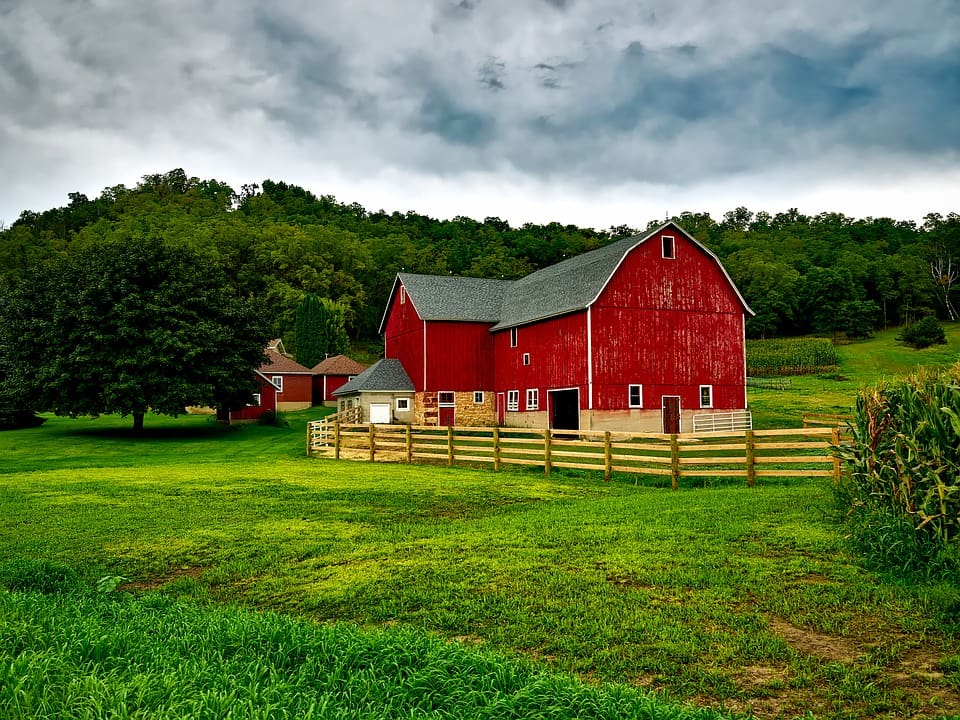By Tom Still
MADISION, Wis. – By many standards, Wisconsin’s overall economic condition has never been better. 
Its core unemployment rate is the nation’s eighth lowest; it ranks fifth among the states in the percentage of adults who are part of the labor force; it ranks 11th in the per capita growth of its gross domestic product since 2010; and it ranks 19th among the states in the percentage growth of total business establishments in this decade.
Those are statewide snapshots from a mix of sources, but there is really no such thing as a “statewide” economy. Depending on where you stand in Wisconsin, you might see a thriving tech-based economy in Madison, manufacturing vibrancy in the Fox Valley or a struggling small-town economy in hundreds of villages and cities.
The survival challenge for rural Wisconsin, which includes many municipalities of 5,000 or fewer people, is one of the state’s most vexing issues.
Unless current trends reverse, rural Wisconsin will be much older in 2025 than it is today or than it was 10 years ago. In northern Wisconsin, it is projected that people 60 and older will make up at least 30 percent of about two-dozen counties. In some counties, the 60-and-over share could be a much as 50 percent.
That demographic trend may be impossible to reverse unless lots of people move to rural Wisconsin from elsewhere, including other states and countries, or the “baby bust” that includes most of the western world turns into a mini-boom. You can’t force people to live in rural settings if they don’t want to do so, you can’t stop them from getting older and you certainly can’t force them to have more children.
So, what are some courses of action in places around Wisconsin that have yet to fully share in the overall economic resurgence of the state? Here are a few examples from recent conversations involving researchers, agriculture experts and economic development professionals.
- Accelerate rural Wisconsin’s connection to the digital economy. About 99 percent of the population in state urban cities have access to broadband at 25-megabit speed levels. In rural Wisconsin, it’s 57 percent of the people. National surveys indicate about 75 percent of city-dwellers use at least one social-media platform; it’s 59 percent in rural America. The right connections can turn a solid Main Street business into a growing digital business.
- Increase access to capital. For most people in rural Wisconsin, that doesn’t mean angel and venture capital but smaller grants, loans and other private investments. The federal Dodd-Frank law that was intended to rein in larger banks has instead hurt small community banks and lending institutions, to the point the Federal Reserve Bank of Minneapolis predicted there will be no banks in Wisconsin with less than $50 million in assets by 2025. From 1985 to 2016, the number of banks and thrifts chartered in Wisconsin declined from 575 to 227. Rural businesses and entrepreneurs will need to shop harder for money.
- Enhance traditional businesses while diversifying. Food, paper, timber and other natural resources are staples for rural Wisconsin and will continue to be so. Existing businesses will need to embrace innovation in those sectors through organizations such as FaB Wisconsin, the statewide food and beverage cluster, and the Food Finance Institute of the University of Wisconsin Extension. Attracting new companies may well depend of ensuring rural communities have modern housing stock and more things for workforce-aged people to do. Otherwise, no one should be surprised when young workers move away in search of jobs.
Most people live in rural Wisconsin for a reason – they like it. They have traded the hassles and benefits of living in bigger cities for a different lifestyle, and usually understand that means a lot of conveniences and public resources cannot be delivered straight to their doors.
Within that reality, however, there are ways to strengthen a part of the state that remains home to many people. Wisconsin’s overall economy looks strong. The question is whether much larger trends will make it difficult to stop the hollowing out of its rural communities.
Still is president of the Wisconsin Technology Council. He is the former associate editor of the Wisconsin State Journal.




